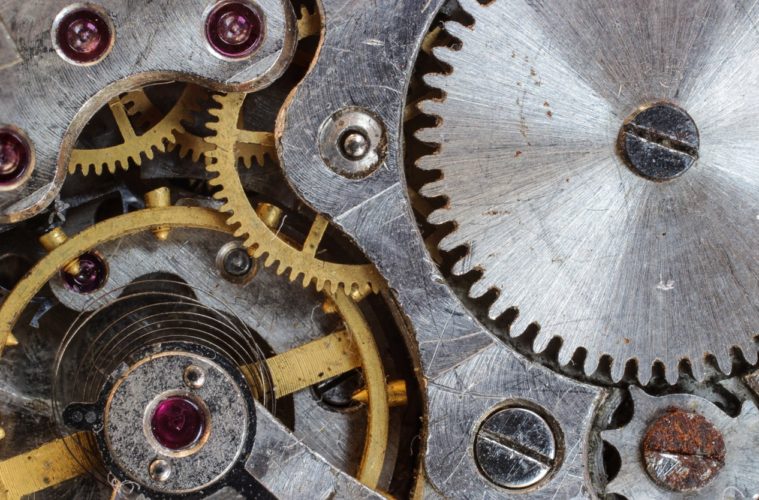Productivity growth in the manufacturing sector is sluggish. It’s getting harder and harder for companies to increase output per hour and that’s threatening their competitivity in the global market. Outside of computers and electronics, productivity growth in manufacturing has been anemic. Since 2004, shops have even seen negative productivity growth, according to the Brookings Institute, which means shops have been getting less efficient.
But with manufacturing on the cusp of big new technological advancements, it looks like productivity growth is about turn around and metrology is that the forefront of those changes. Metrology is going to play a major role in Industry 4.0 and it pays to know the news and industry information on CMM measuring machines right now.
Integrated Metrology
For decades, inspection was primarily a post-manufacturing activity. Once the components were finished, they were shipped to the lab and measured by a coordinate measuring machine that needed a carefully controlled air supply and temperature. Today, manufacturers want to see higher productivity and efficiency by incorporating metrology into the manufacturing process. In the past, if there was a machine tool error, you would only find out about it after you had produced a batch. That means it would all go to scrap or take time to adjust. Better integrated metrology means that manufacturers can catch errors as they happen, allowing them to stop and adjust before the problem is reproduced. Not only does it speed up the process, as you don’t have to wait for a separate inspection process before shipping components, it also saves money by catching errors sooner.
Multi-Sensor Coordinate Measuring Machines
Multi-sensor coordinate measuring machines measure and report higher volumes of data in less time than touch probe coordinate measuring machines ever could. Multi-sensor coordinate measuring machines are more versatile, combining touch probe systems with laser scanners that can collect data at a rapid pace. Laser scanners are key measurement devices in Industry 4.0, rendering measurements directly into CAD and showing metrologists where and when errors occur in real time. Including touch probe systems in a multi-sensor coordinate measuring machine guarantees repeatability while laser scanners provide the speed. Multi-sensor coordinate measuring machines are available from metrology dealers like Canadian Measurement Metrology (CMM), as they often only involve adding laser scanners to existing equipment.
Automation
Costs keep going up for manufacturers. Healthcare, wages, and environmental regulations continue to drive up expenses while manufacturers need to compete on quality and price. Automation is increasingly seen as the only way to stay competitive as costs go up and productivity stagnates. When operators can perform tasks besides measuring, productivity improves. As productivity gains become harder to come by, automated technology may be the only place to find it. Automated product verification speeds up production, but it also requires programming and metrologists knowledgeable in CMM software programming, which will take training.
The technology is there; investigate your options for improving productivity through coordinate measuring machines and metrology software. It’s time to start turning around productivity in the manufacturing sector.


